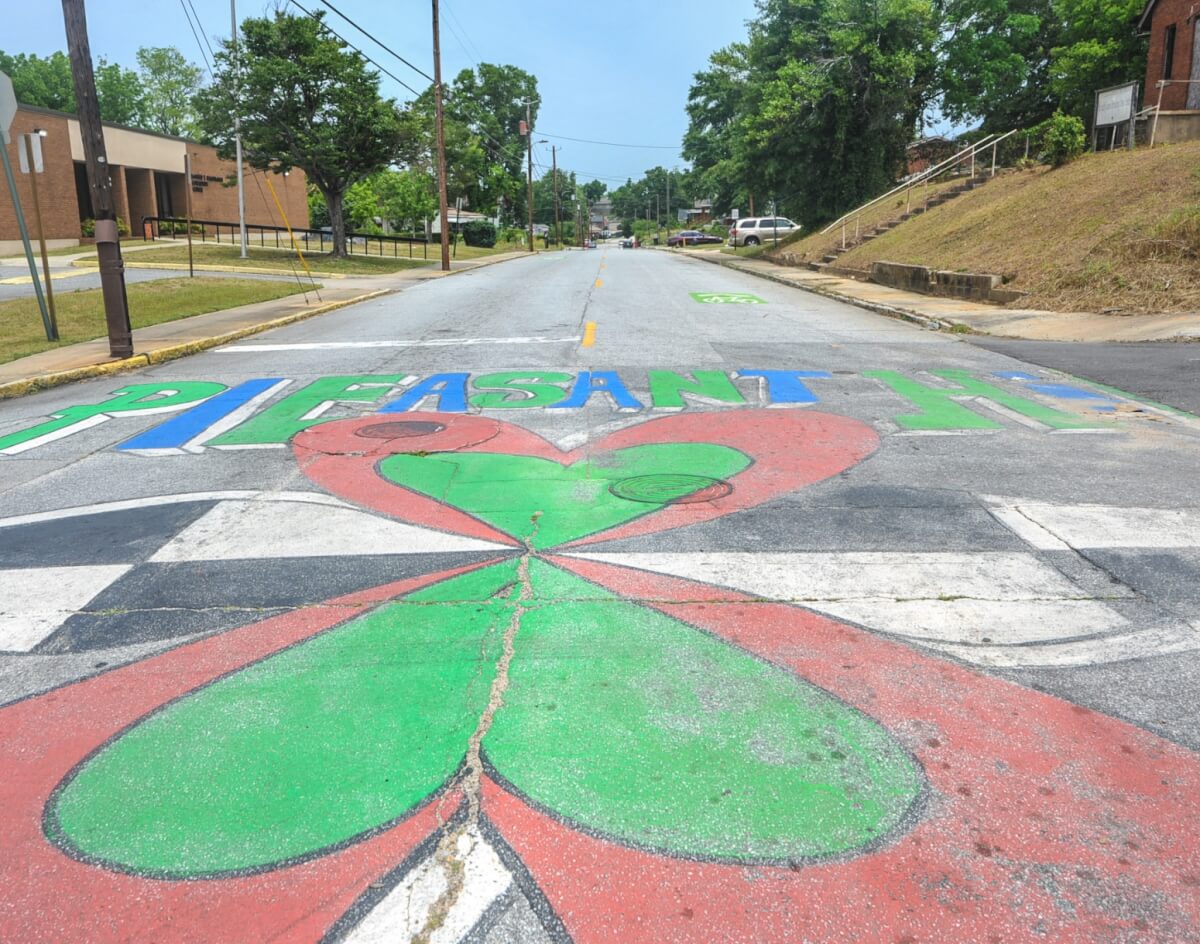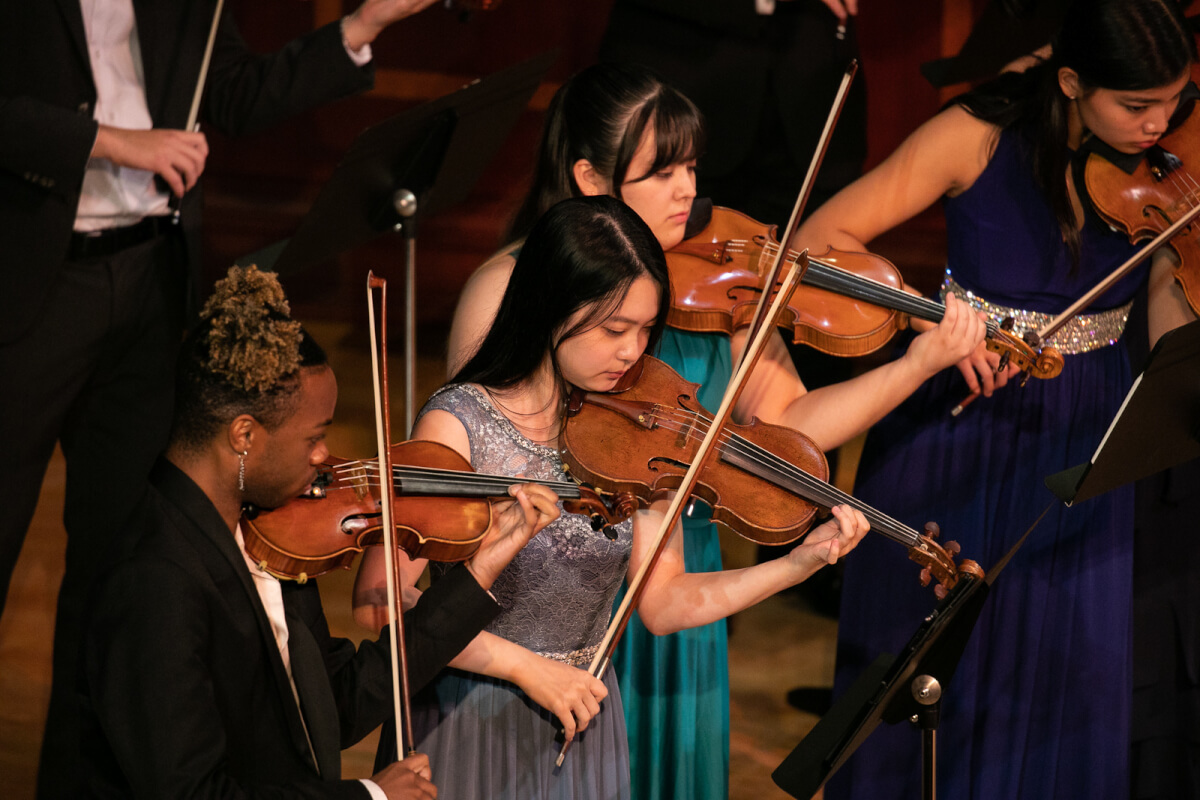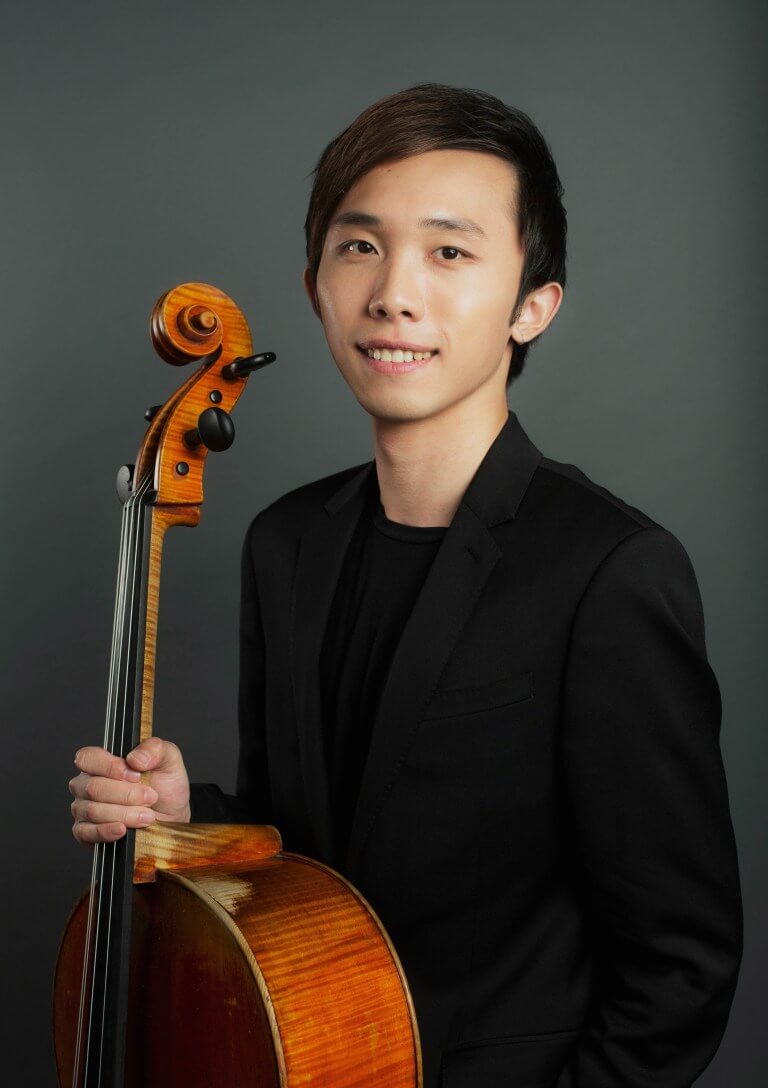
The amazing music roots of Pleasant Hill
George Fadil Muhammad
Photography by Dsto Moore
From Leontine Fields Espy to Little Richard
Put your ear to the ground and hear tambourines, foot stomps and the shouts that launched legends
The Pleasant Hill Neighborhood is one of Macon’s traditional reservoirs of dark matter for creating stars of musical greatness. The brilliance and far-reaching influence of Little Richard Penniman is like the above water portion of an iceberg that extends unseen deep into the ocean or the body of a tall tree with roots equal or even greater in depth extending down into the earth. The rich African roots of formerly enslaved people settled in that area has embodied a spiritual and life survival music culture that has nurtured the emotion and expression of its people.
Rich roots

For over a century, Pleasant Hill has spawned and magnetized artistic activity, notably music, far and wide. A phenomenal community blending a culture of innate creativity with the advent of many notable educational institutions emerging within its mile-by-a-mile dimensions, the neighborhood has been progressive, traditionally. According to Washington Library Archivist Muriel Jackson, Mamie Clemons Music Conservatory cultivated the talents of youth in the area during the 1930s and 40s.
“It had two locations and trained many in piano and violin,” Jackson said. “Many of the pianists who played at the various churches throughout Pleasant Hill studied there.” Outstanding musicians like the prominent and widely respected bandleader Gladys Williams performed at St. Peter Claver Catholic Church, and Little Richard played at many churches as well.
Old country churches like Mt. Temah Primitive Baptist Church, located on Pursley Street near Second Avenue, which was destroyed by fire in 2019, bathed the surrounding streets for most of a century with fervent, compelling spiritual sounds. Sanctified tent meetings were also common in the neighborhood, resonating at night for many blocks with driving tambourines and a capella worship songs.
“It was sanctified music,” described gifted Macon bassist Craig Wright, who grew up in Pleasant Hill. “You’d hear tambourines and drums in the distance.”
“Most of the time they had no instruments, just foot stomping hand clapping and singing echoing all around the area,” remembered L.H. Williams Head Custodian Amanda White. “Every summer they would have homecoming and serve the best food, giving plates to anyone who came.”
Many youth vocalists were trained in Pleasant Hill and grew as featured soloists. Known for singing Black spirituals in local churches was legendary high school principal and soprano Leontine Fields Espy, born 11 months and 1 day before Little Richard. Fields Espy recounted how she knew him growing up and would often see Richard walking the streets of Pleasant Hill.
She went on to graduate from Fisk University in Nashville, home of the world-renowned Fisk Jubilee Singers, where she sang in their choir. Later, she was frequently accompanied by her husband, esteemed English teacher, organist and pianist George Espy, Jr.
Pianist and educator Gloria Hutchings of the Pleasant Hill area, also a Fisk graduate and previously a student at Clemons Music Conservatory, often accompanied Fields Espy as well.
Macon singer, writer, teacher, and visionary Sarah Mitchell was another of various Black classical-styled young singers once celebrated in local churches. Prior to serving as a secretary to Malcolm X when he was killed in New York; she stirred a mass meeting at Pleasant Hill’s Allen Chapel AME Church during the 1962 Macon Bus Boycott, with her rendition of “I Want Jesus To Walk With Me.”
Pleasant Hill grand elder and historian B.J. Sullivan recalled, “There was hardly a dry eye in the room.”
The eccentric, widely impactful Professor Nathan Black was an extraordinary pianist who taught students door to door in the homes of the Pleasant Hill neighborhood. “He was definitely an icon, a music mogul who taught many people, including my oldest sister,” Craig Wright remembered.
“He was a virtuoso that went around with a briefcase full of music. You had to have a piano in your house to get lessons. He lived on Spring Street where the Pizza Hut is now. I talked to him many times,” Wright said. “He looked like Mozart, with his gray hair combed to the back, always wearing black, a little short guy, very neat with a deep regal voice. He was very well spoken, used impeccable correct English. He walked everywhere. I never saw him drive a car.”
Growing music legends
Pleasant Hill’s 83-year cultural institution Booker T. Washington Center has traditionally played a key role in cultural development of the local community. Like the trade skills cultivation of Hudson Industrial School, provided years before at its same location, the center has for generations specialized in academic, social skills, musical, theatrical, and visual arts cultivation. Its original director was the widely beloved Willis B. Sheftall.
“Of the plethora of musicians who came from Pleasant Hill, it was because these guys spent a lot of time at Booker T. Washington Center that they were able to develop,” Wright continued. “Mr. Sheftall really cared about the kids, so if they didn’t have an instrument, he would get one for them. He would press to rent instruments from Turner Gaughf Music Store because we had to march in a parade down Madison Street.”
Later, after Sheftall retired, his assistant and succeeding director Howard Scott, a drummer, and an artist, headed the Teen Performing Arts Company (TPAC). This program merged the visual and performing arts for live shows, impacting hundreds, if not thousands, of Macon youth.
At one time Booker T. Washington Center, which originated on Cotton Avenue, hosted Wednesday night dances attracting youth from across the local community, and many Pleasant Hill musicians grew by performing at them. Today, the ERIC Foundation, led by Anthony and Shirley Jordan, provides learning and performance opportunities for young dancers and musicians at the recently renovated Booker T. Washington Center, which had been shut down for several years.
There are many connections and hidden pockets of historical richness permeating Pleasant Hill. Craig Wright’s father Samuel Lee Wright was a member of the Elks Club on Cotton Avenue, along with many people from Pleasant Hill. They hosted Otis Redding in his early days of performing.
According to Wright, “You might as well say Jimi Hendrix was a Maconite. He dressed like Johnny Jenkins, who commanded the room when he played. As a lefthander also, he took on many of Jenkins’ mannerisms. Jenkins used to play at a juke joint down in the ‘Bucket of Blood’ around Grier Street.”
In fact, long after the success of “Tutti Frutti,” a still-little known Hendrix played in Little Richard’s band the Upsetters. This was after Penniman had moved away from his Pleasant Hill home. Hendrix would later be fired from his band.
Others to have Pleasant Hill on their map include soul music impresario Clint Brantley and organist/pianist Luke “Fats” Gonder. Brantley managed and Gonder accompanied the Godfather of Soul James Brown, who also held a Pleasant Hill address during his tenure in Macon. Even movie star and singer Lena Horne said she learned to sing in Macon churches during her trips down south. She was known to visit the streets of Pleasant Hill, near where Harlem Renaissance author John Oliver Killens lived.
Folk blues and gospel guitarists Reverend Pearly Brown and Blind Willie McTell, who both went on to make music history through their songwriting and inspiring the Allman Brothers Band, attended Pleasant Hill’s Georgia Academy for the Negro Blind in the 1920s at Madison and Walnut Streets.
Lewis Henry Williams, Sr., for whose son the neighborhood’s long-standing elementary school L.H. Williams is named, served as Headmaster of the Academy.
And that brings Pleasant Hill back to the tip of the iceberg: the historic neighborhood’s phenomenal native son, Richard Wayne Penniman. Penniman was the third of 12 children born to Charles and Leva Mae Penniman. The legendary “Little” moniker was a response as he grew up in the neighborhood to his once slender frame. His father served as a church deacon and brick mason by day and a bar owner by night. His mother was a member of New Hope Baptist Church on Third Avenue.
Richard’s entire life was artistry reflected in an explosive mix of contradictions, inner complexities, striking genius and creative power, which started in his native stomping grounds. From homies James Brown and Otis Redding to Jimi Hendrix, Elvis Presley, Pat Boone and Jerry Lee Lewis to Michael Jackson, the Beatles, Prince, Led Zeppelin, Janis Joplin, Morris Day and the Time and many more, Little Richard inspired music superstars across the world with a unique essence of expressive intensity, born out of Pleasant Hill.
Setting the stage
Today, the neighborhood has a new institution created from the renovation and preservation of his childhood home as the Little Richard House Resource Center, commemorating his life and stardom, educating on the history of Pleasant Hill and providing life quality improvement services for residents. The home was moved from Pleasant Hill’s Fifth Avenue across US Interstate 75 to avoid demolition from yet more highway expansion, which historically devastated the neighborhood.
It is here at his childhood home, across from Jefferson Long Park, that the neighborhood has a new dimension for gatherings, education, hosting special events and tours and setting the stage for the next generation of musicians and achievers to grow from the rich substance of heritage and amazing, deep roots of Pleasant Hill.







